I have been on a quest for information about whether materials I would like to incorporate into my jewelry designs could be considered “cruelty-free” meaning not tested on animals and containing no animal parts or by-products. Sometimes the research seemed a little like a game of animal-vegetable-mineral.
I consider myself a compassionate consumer. I buy beauty and household cleaning supplies that are free of animal ingredients and were not tested on animals. This is relatively easy to do because the products are labeled with helpful statements like “not tested on animals” or sport the Leaping Bunny logo to show they have been certified to not test on animals during any phase of product development. They also typically contain a list of ingredients (in a font that grows ever more microscopic as I age), however unpronounceable they may be to anyone who never took organic chemistry.

Examples of cruelty-free labeling on beauty and household cleaning supplies. (Look inside the blue bubbles I overlaid.)
I have consistently been frustrated by the lack of this information on art, craft, and jewelry supply labels. I have yet to see one labeled “not tested on animals” nor is that information readily available on most manufacturers’ websites. Rarely can I find a list of ingredients on the product package or the manufacturer’s websites either.
I have not been alone in this quest. A search of the internet for “cruelty free art supplies” will quickly take you to blogs, boards, and other forums where people who have taken time to contact companies about their products’ ingredients and animal-testing policies are generously sharing the information they found.
Here is my contribution to that effort: a summary of information from other blogs and from my correspondence with manufacturers (all links are listed in the Resources section). What follows is a list of products and materials I can feel reasonably* guilt-free about using when making my jewelry, buttons, ornaments, etc. It includes some materials that may seem obvious, but I like to be thorough.
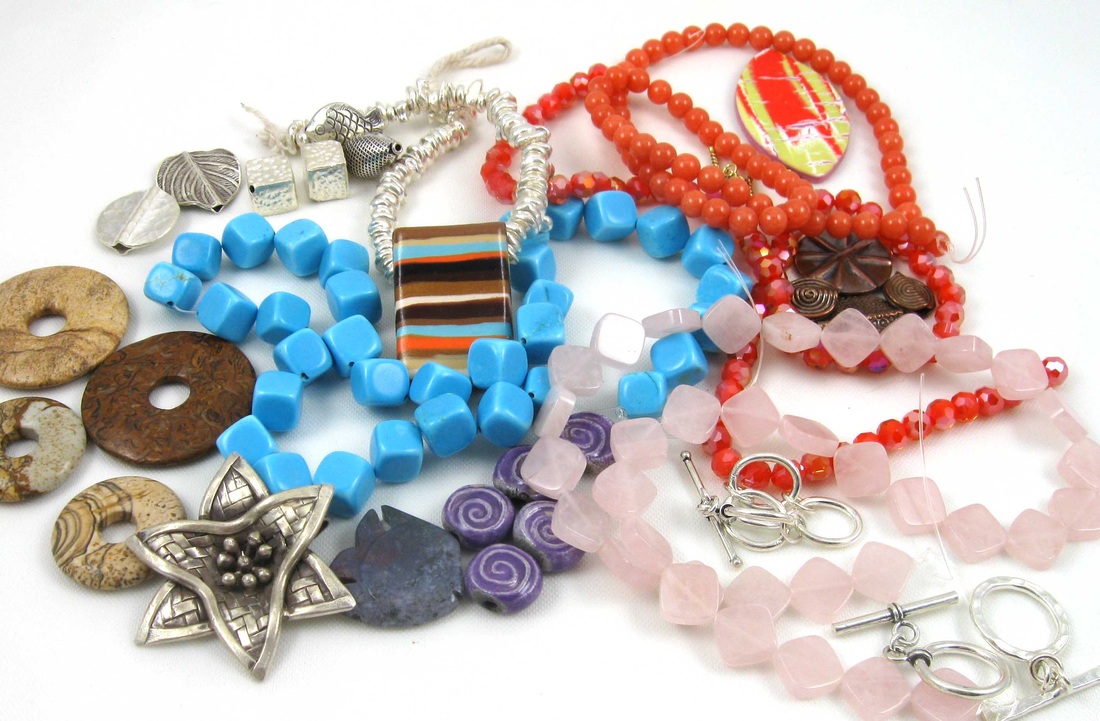
Examples of gemstone, ceramic, metal, and polymer clay beads and jewelry components.
Beads, pendants, cabochons, and other components
Semi-precious gemstone beads, pendants, and cabochons are cut from naturally occurring minerals and rocks, which are inorganic (no animal or plant matter). Examples are quartz, amethyst, agate, and turquoise. No animal parts there, unless you consider amber – which is fossilized plant resin, sometimes containing insects that were trapped in the resin as the amber formed (likely during the Jurassic period or earlier). Glass is made of silica and other minerals, as I learned in high school chemistry class. (I don’t remember what period that was, but it was definitely after the Jurassic.)
There are also man-made and synthetic gemstones made in a laboratory. These are usually “grown” from the same inorganic materials as natural gems. For example, goldstone is made by heating silica and other metal oxides. Simulated, mosaic, and synthetic opal are made from silica and other minerals, plus polymer resin. And there are “treated” stones like stabilized turquoise, which is made by pressure impregnation of natural turquoise by epoxy, plastics (such as polystyrene), and sodium silicate.
One exception to the “contains no animal by-product” rule here is glass or imitation pearls. These are glass beads dipped or sprayed with pearlescent material, or hollow glass beads filled with pearlescent material. The “pearlescent” material may be made from essence d’orient (derived from fish scales), isinglass (derived from swim bladders of fish), fish scales, oyster scales, or mother-of-pearl powder (made from shells).
Precious metals and metal alloys are naturally occurring inorganic elements, compounds or alloys, or man-made alloys of those things. My designs incorporate wire, chain, beads, and other components made from silver, pewter, copper, brass, gold, and steel (as in surgical steel earwires, stainless steel beading wire, and coiled shape-memory steel, aka “Memory Wire”).
Ceramic beads and pendants are made from clay composed of inorganic materials like quartz and feldspar. There is a type of ceramic made with clay containing animal bone ash, called “bone china.” Bone china is sometimes called porcelain, although not all porcelains are bone china. But all porcelains are types of ceramic. I don’t know if bone china is used to make beads, but I have seen ceramic beads called “porcelain.” When in doubt, ask the nice person whose craft fair booth you are at (or Etsy shop you are in) what she uses to make her ceramic pendants. Also ask about whether the glazes are cruelty-free (apparently, most are).
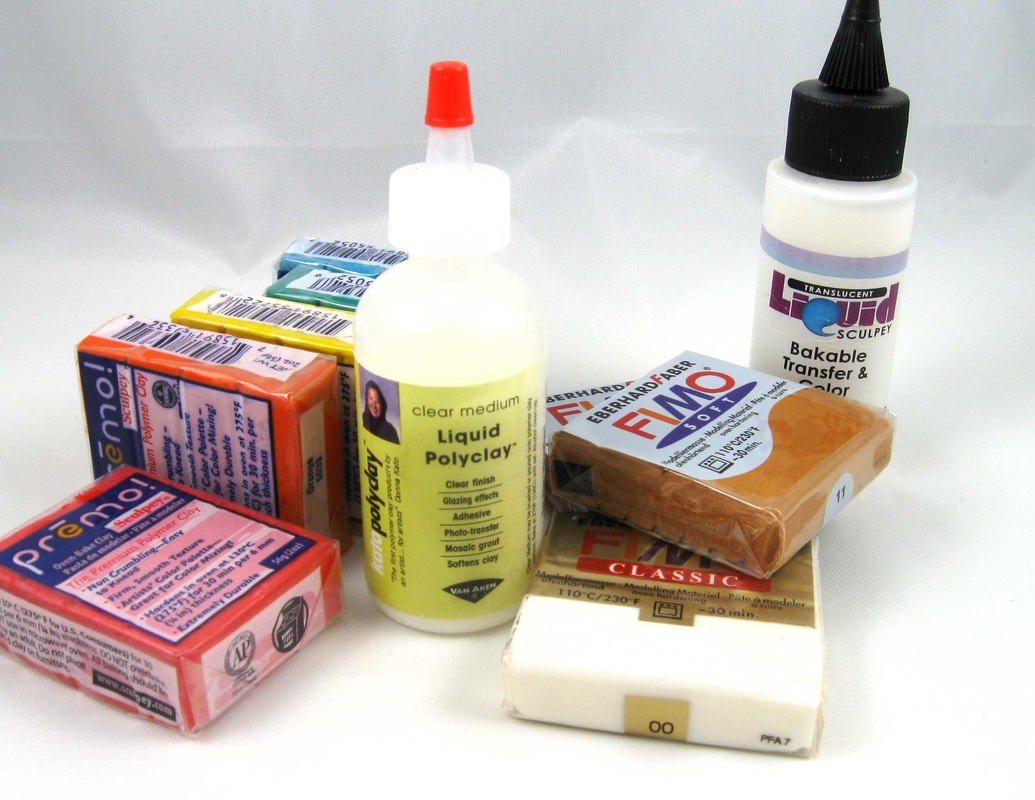
Polymer clays and liquid polymer clays.
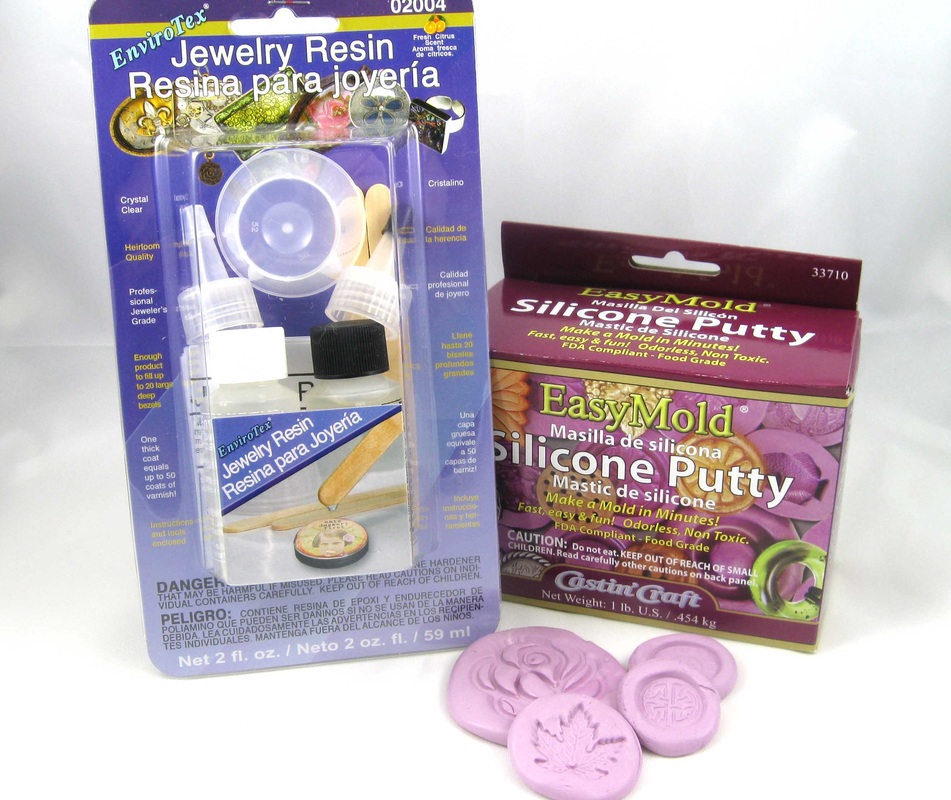
Two-part epoxy resin and silicone mold putty.
Polymer clays, epoxy resins, silicone mold putties
The manufactures of all three brands of polymer clay commonly available here in the U.S. have stated they contain no animal ingredients and are not tested on animals: Polyform (makers of Premo! Sculpey® and Premo Accents® clay, and Translucent Liquid Sculpey), Van Aken International (makers of Kato Polyclay and Kato Clear Polyclay Medium), and Staedtler (makers of Fimo Classic clay, Effect clay, and Liquid Fimo).
The manufacturer of Envirotex jewelry resin and Easy Mold silicone putty states they do not test their products on animals and none of their products contain animal by-products.

Pigments in the form of alcohol inks and mica powders.
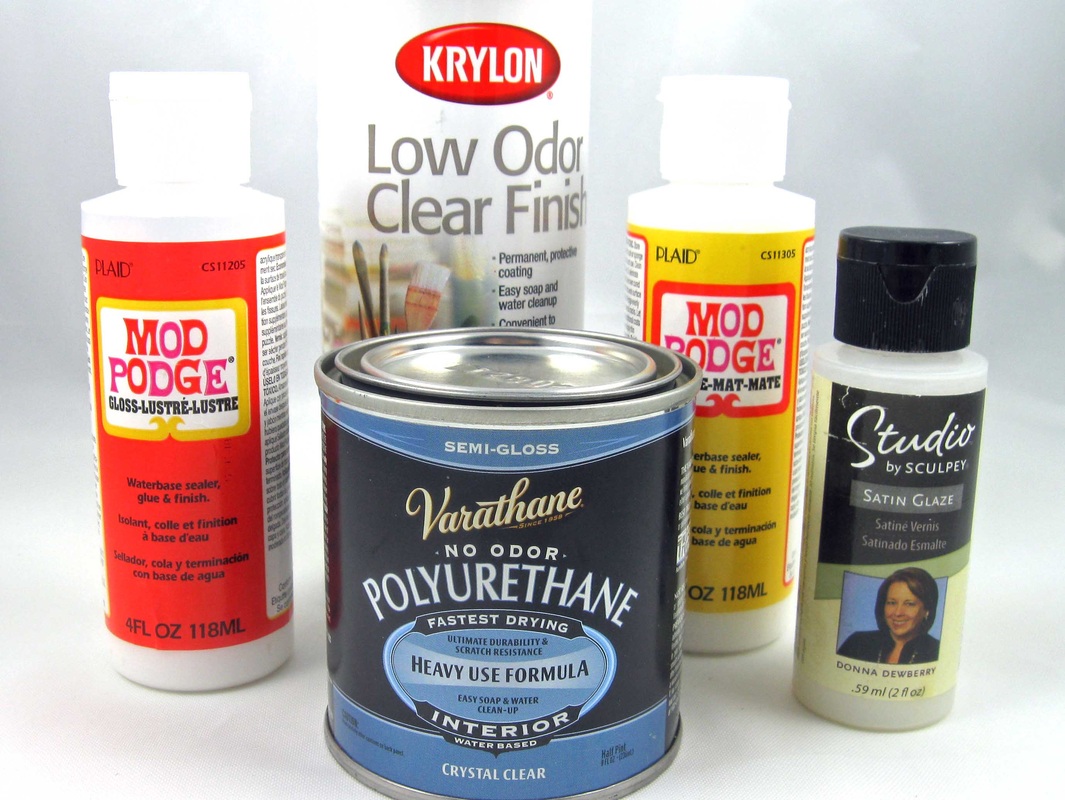
Clear sealants for protecting the finish on final products.
Pigments and sealants
Pigments – the substances that give paints, chalks, inks, etc., their color – may be made from inorganic, organic (usually plants), or synthetic materials. Be on the look out for colors made with bone ash (sometimes called bone black or bone char). The companies I contacted kindly provided the names of the small numbers of colors in their product lines containing this ingredient. Sometimes a finished peace needs a sealant like polyurethane, to protect the pigment from UV damage or other wear.
These are manufacturers who state their products are not animal-tested and do not contain animal by-product (with the exception of bone ash):
- Plaid (acrylic paints, Mod Podge)
- Derwent soft pastels
- Varathane clear polyurethane
- Jacquard inks & powders
- Diamond Glaze
- Krylon Low Odor Clear Finish latex enamel spray
- Liquitex Basics Series acrylic paints (except Ivory Black and Neutral Gray 5, which contain bone char, as do many black paints)
- Amsterdam Acrylic Standard Series
- Grumbacher Academy Acrylic (except those colors using “bone black” which is bone char)
- Colors of Nature watercolor paints and pigments
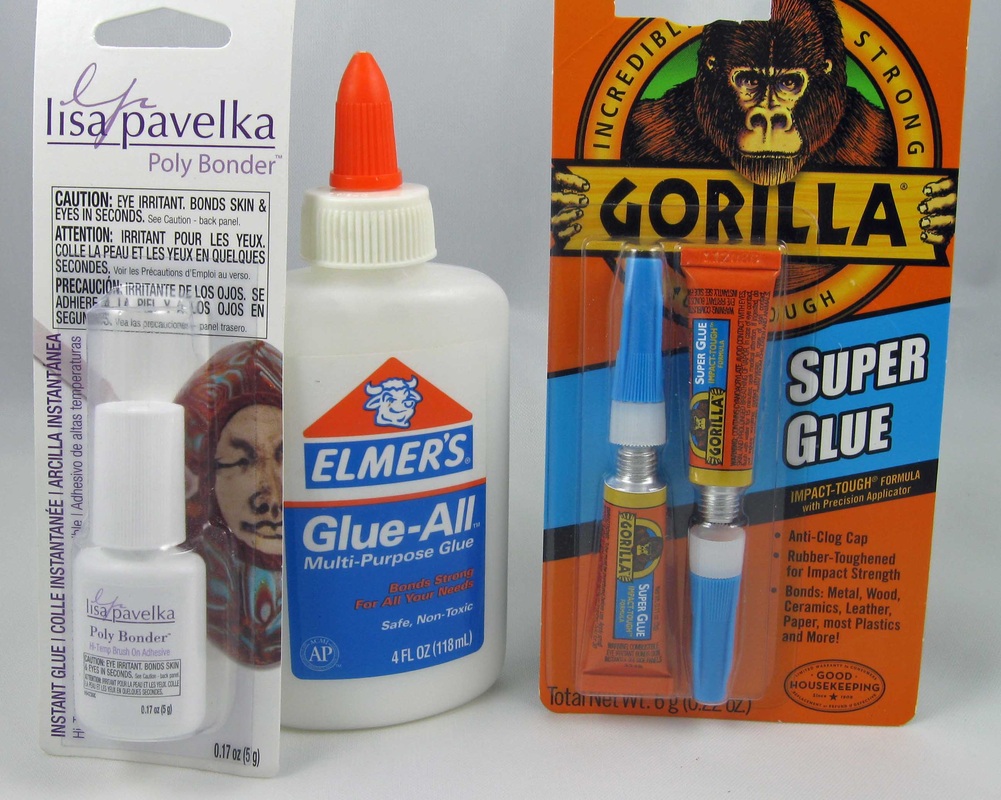
Glues and adhesives.
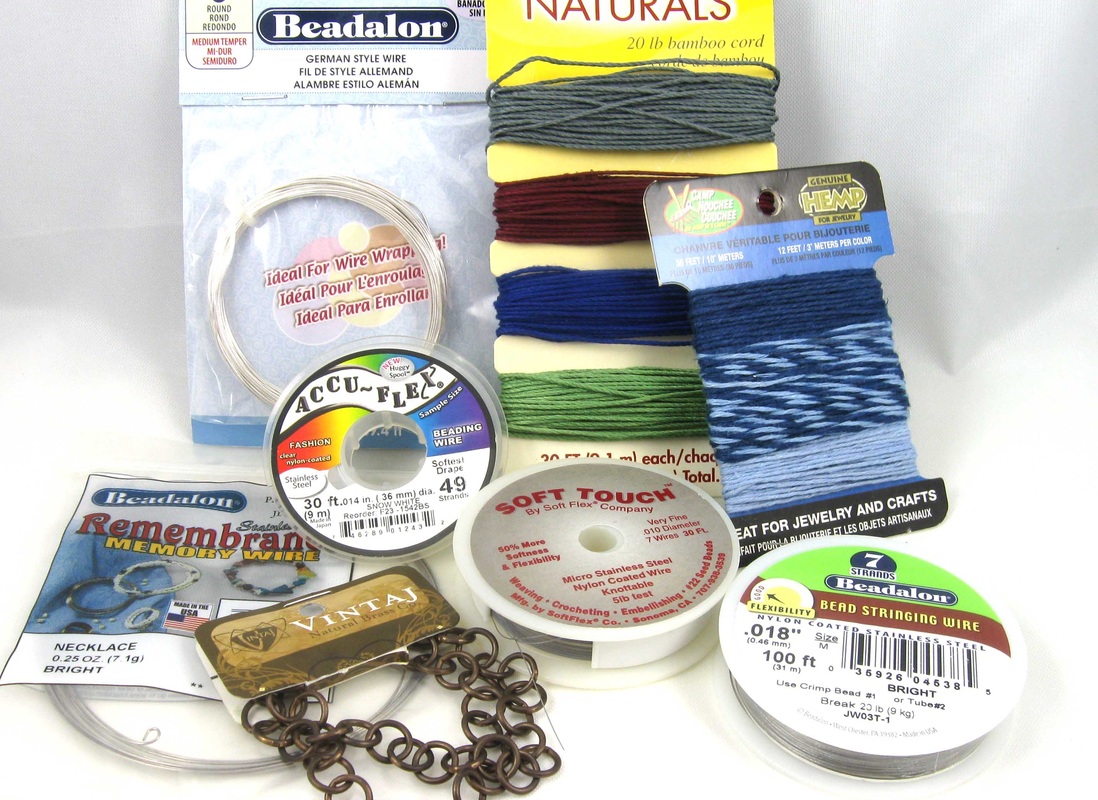
Assorted stringing material.
Glues and Adhesives
I use an assortment of glues and adhesives in my designs. The manufacturers of the following products have stated they are not tested on animals and do not contain animal by-product.
- Elmer’s Glue All & Tacky Glue (note that other Elmer’s products are cruelty-free – these are just the two I use)
- Weldbond’s Universal Adhesive
- Gorilla Glue
- Lisa Pavelka Poly bonder™
- Envirotex jewelry resin and Easy Mold silicone putty
- Lisa Pavelka Magic-Glos clear UV resin
Textiles and paper
I occasionally string beads and components on hemp, cotton, or synthetic thread or cord. Note that some threads marked as “waxed” may have been conditioned with beeswax to reduce twisting and knotting. In other cases, the threads are treated with paraffin wax, which is petroleum-based. Rarely will a product label indicate which. As a matter of preference, I use un-waxed cord and thread.
I don’t make jewelry from fabric (yet), but I sometimes use acrylic (plastic) felt to line the insides of my handmade polymer clay keepsake boxes. I happen to be allergic to wool and avoid buying it regardless of any animal welfare implications. I also happen to love that some acrylic felts are made from recycled soda bottles.
I avoid silk and leather cord in my designs for the same reasons I don’t wear silk, leather, fur, feathers, wool or other animal fibers. I’ll tell you why, if you ask me. Just be sure you really want to know. Your life may not be the same after you do.
I sometimes use paper to make beads, and plan to incorporate paper into some resin-based designs. I am making the assumption that paper is made from plants, unless otherwise labeled. I have seen papers made from animal dung (poop) but I do not own any. It’s actually made from the plant fibers in the poop of herbivorous animals, which are cleaned and processed. So, not as gross (or stinky) as you were thinking.
*Disclaimer
When I said I could “feel somewhat guilt-free” about using these materials, I meant I haven’t necessarily researched the sustainability, carbon footprint, or business and social ethics of how these materials are harvested, manufactured, or marketed. I can’t tackle all the world’s evils in one blog post. (But stay tuned because I’m just getting started, and I do love a soapbox.)
Please also note that I am taking these companies at their word and did not visit their factories to observe production or test product composition myself. I am also assuming the person answering my query was fully informed. It’s the same leap of faith I take when purchasing cosmetics labeled cruelty-free, or peanut butter cookies labeled gluten-free.
Many of the company representatives I contacted were very helpful, and I am not implying anyone was lying. I am just inserting a little disclaimer regarding the veracity of my list. You should feel free to check with these companies yourself. Maybe if they hear from more of us, they will start including this information on their websites, if not on the products themselves.
This is not an exhaustive list of cruelty-free materials available for making jewelry (or other arts and crafts). It is only a list of things I use. As I find new things I want to use, and can determine them cruelty-free, I will update this list. Note that if you don’t see a product or manufacturer listed, it doesn’t necessarily mean they aren’t cruelty-free. It may only mean I haven’t checked into it yet.
If you know of other cruelty-free products that can be used for art, crafting, or jewelry making, please leave a comment, or contact me about adding them to this list.
Resources and sources consulted
http://www.continuumdesigns.co.uk/blog/2010/02/vegan-craft-supplies-in-progress.html
This blog post (published February 2010) lists craft supplies, by manufacturer, that are without animal ingredients and not tested on animals. This includes information about Elmer’s glues; products from Plaid, Jacquard Derwent, and Diamond Glaze; and the three brands of polymer clay.
http://www.itseasybeingvegan.com/2012/07/18/evolving-vegan-art-supplies/
This one (from July 2012) doesn’t have a detailed listed of products, but links to various places that do.
http://www.veggieboards.com/t/135303/pottery-and-vegan-paint
According to this board discussion (from May 2012), most ceramics, glazes and paints are cruelty-free.
http://veganactivist.wordpress.com/vegan-art-supplies/watercolour-paints-paper/
A list of watercolors and paper.
http://veganartsupplies.blogspot.com/
http://emptyeasel.com/2009/01/29/the-vegans-list-of-art-supplies-art-products-free-of-animal-ingredients/
Two sites with lists for the origin (animal, vegetable, mineral) of many art supplies (paints, inks, papers, etc.) so you know what to look for, ask about, or avoid.
http://www.sculpey.com/faq/safety
The Sculpey website was the only manufacturer website I found with specific information about animal testing and by-products. They explicitly state “all of our products are free of wheat, gluten, sulfur, dairy, nuts, latex and animal by-products, and they are never tested on animals.” Kuddos to them for being so forthcoming (and compassionate). I hope to see more like this from other companies.
www.eti-usa.com (contacted re: Envirotex jewelry resin)
A technician/customer service representative indicated the products are not tested on animals and none contain animal products. –via email
www.lisapavelka.com (contacted re: the entire product line)
A representative indicted “to the best of my knowledge” none of the products contain animal by-products or were animal-tested. – via email
www.rangerink.com (contacted re: Adirondack Alcohol Inks and Perfect Pearls Pigment Powders)
A representative indicated none of their products are tested on animals or contain animal by-products. – Ranger Information via email
(Note that their website shows they carry a product called Melt Art™ BeesWax made with “All-natural beeswax pellets” which would not be considered vegan.)
www.firemountaingems.com (contacted re: Swarovski glass pearls and other glass pearls they carry)
I was unable to contact Swarovski directly about their “crystal pearls” so I asked one of my favorite on-line jewelry-supply companies if they knew. An eService Contact Center representative for Fire Mountain confirmed with Swarovski that the coating on their glass pearls is not made with any kind of animal by-products. They also confirmed that this is true for all the imitation and glass based pearls that Fire Mountain Gems offer. –via email
www.liquitex.com (contacted re: Basics Series acrylic paints)
A Technical Advisor indicated that none of their products are tested on animals, and provided a list of colors that contain bone char. The Technical Advisor further noted that although none of the ingredients are tested on animals specifically for their use, legislation may have required independent toxicological assessment at some time during an ingredient’s history. –via email
It’s important to note that this is likely true for many of the products on this list, or in the stores. If you see “non toxic” or information about toxicity on a product label, there’s a chance (a) it or its ingredients were animal-tested some time in the past and (b) the testing was government-mandated by a public health and safety law. This is often beyond the control of the company using the ingredients today, as many of the pigments and ingredients commonly used were developed and tested decades ago.
www.RoyalTalens.com (contacted re: Amsterdam Acrylic Standard Series)
A representative stated that this product line has not been tested on animals and does not contain any animal-derived ingredients. – R&D/Regulatory Affairs via email
www.grumbacherart.com (contacted re: Academy Acrylic paints)
A representative noted that several colors in the Academy Acrylic line use “bone black” (bone char) in their formulas. The representative very helpfully provided a technical specification sheet for the Academy Acrylics, showing which colors have bone black in their formulas. The representative stated that they are not currently testing ingredients or products on animals. As with Liquitex, the Grumbacher representative noted that animal testing on the individual ingredients may have been required in the past. – Chartpack, Inc, Education Department via email
www.rustoleum.com (contacted re: Varathane clear polyurethane)
A representative indicated that none of their products contain animal by-products and none were tested on animals. – Product Support, via email
www.colorsofnature.com (their manager commented on this blog post)
Their website and their manager state their products are both cruelty-free and vegan. They offer watercolor paints, artist’s pigments, and art supplies including brushes and paper.
www.gemologyonline.com/treatment.html
Website consulted regarding synthetic and treated gemstones.
www.acminet.org (contacted re: toxicological testing and the ACMI certification process for art and craft supplies)
Some manufacturer websites indicate their products have a certification seal from The Art & Creative Materials Institute (ACMI). You can also find these seals on the products themselves.
“ACMI-certified product seals (AP Non-Toxic and CL Cautionary Labeling) indicate that these products have been evaluated by a qualified toxicologist and are labeled in accordance with federal and state laws. Each product in the program undergoes extensive toxicological testing that covers both acute and chronic toxicity concerns before it is granted the right to bear the ACMI certification seal.”
There are many alternatives to animal-testing. However, a representative from ACMI noted via email that “there may be instances where there aren’t other reliable test methods available.” Keep in mind that once a product has been evaluated and certified, there is no need to keep testing. Unless laws change, or new information surfaces about health risks. What’s “cruelty-free” today, may not have been decades ago, and may not be tomorrow. Due to the nature of federal laws for public safety, and the slow adoption of alternatives to animal-testing for many decades, it may not be possible to find a chemical/pigmented product in the U.S. that was never tested on animals, either as a finished product, or during evaluation of component ingredients. I choose not to hold today’s companies accountable for those possible past sins if they express a position against animal testing today.

What an excellent post! Thank you for doing the research and giving us all something to think about. I’m a huge believer in being an informed consumer and you’ve done tremendous favor to a lot of people here!
Thank you, Ginger. I am also a strong proponent of “know before you buy.” I wish this information were more readily available on websites and labels.
One glaring omission in your semi-precious segment is Coral… too many people are still buying it to the earth’s detriment. Ditto bone.
I did not list coral or bone with semi-precious stones because they are not “naturally occurring minerals and rocks.” Coral may look like stone, but it is actually the exoskeleton excreted by living marine organisms. I do not use coral or bone in my designs, just as I don’t use leather, feather, silk, shell, or other animal-derived components.
Yes, I have been asking paint companies and such this stuff too. A 100% vegan and cruelty free certified company is called Colors of Nature colorsofnature.com
Though, Elmer’s glue does test on animals. This is what I have heard so I use Sobo glue from Plaid Enterprises plaidonline.com instead.
Hello,
I am the Manager at Colors of Nature. If you have any questions about our products or are looking for information about ingredients and testing please feel free to contact me.
Our goal is to provide 100% vegan and environmentally friendly art supplies.
Hi Mark. Thanks for the note. I have not had the chance to try your products, but I will happily update this list to include them here.
Thanks, Barbara, for pointing out Colors of Nature. I’m going to add it to the list here. As for glues, as I said, I am taking folks at their word when they say they don’t test. Elmer’s says they don’t. I haven’t tried Sobo glue, but since I already use other Plaid enterprises products, I will definitely give it a try.
Thanks for this! I, too, am a vegan crafter and always wonder what is in the products I’m using and try to research before purchasing. I want to make glitter filled glass ornaments. The groups I belong to suggest using hairspray or floor wax (like Mop n Glo) to adhere the glitter to the inside of the glass. I’m fairly certain most members posting don’t take into consideration the ramifications of purchasing from companies who make such products. And I don’t see a floor wax from one of the cruelty-free cleaning companies. (floor *polish* is the closest.) And come to think of it, I’m not sure what’s in the glitter either! Oy, being a conscientious consumer is a full-time job! (But oh so worth it!)
Hi Laura. You’re so welcome. I haven’t looked into floor wax, but I do know there are cruelty-free hair sprays. Not sure they’d have the right chemicals in them for your purpose. As for glitter, that’s one I totally forgot to put on my list. I guess I have more research to do. And you’re right, it’s worth the effort.